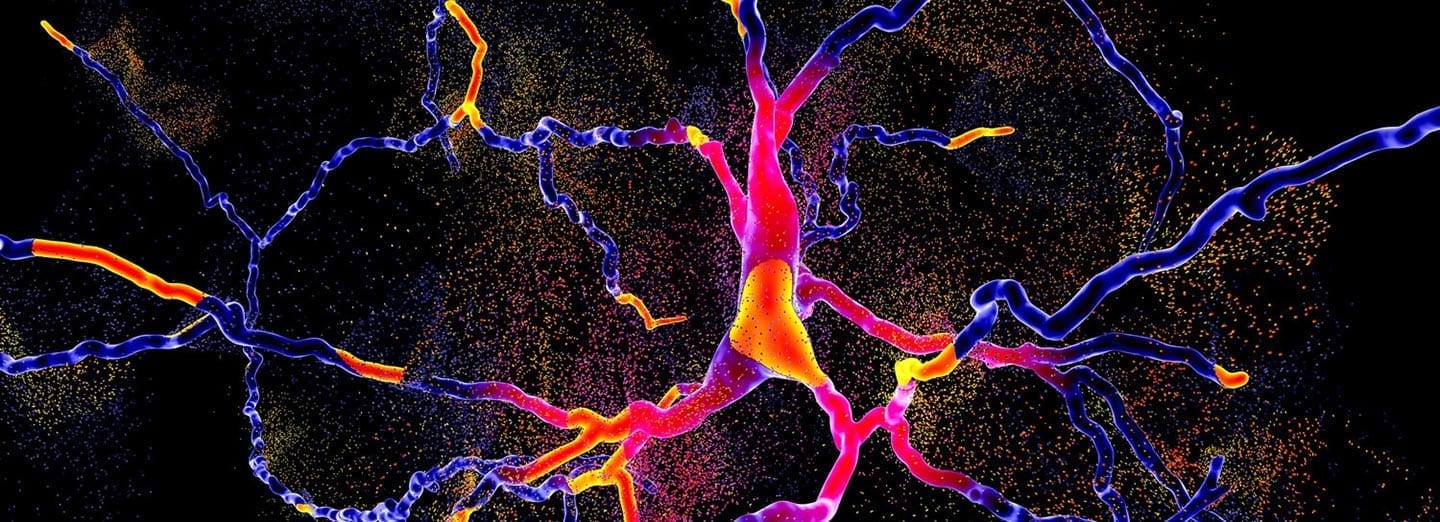
SUMMARY
Stroke is one of the most common causes of severe and long-term disability in America, and while most strokes occur in people over 65, they can occur at any age. In many cases permanent disability can be prevented or reduced—but only if the stroke victim receives immediate medical attention. To avoid delay, learn the signs of stroke and remember to act quickly, noting the time the stroke began and calling 911. Remember that minutes count!
GENERAL INFORMATION
Most of the time, a stroke, or brain attack, is caused by a blood clot that blocks a blood vessel in the brain. The part of the brain that becomes ischemic, or deprived of oxygen by the clot, is temporarily stunned, and the parts of the body it controls stop working properly. The more quickly blood flow is restored, the better the chance of recovery. Sometimes stroke symptoms are mild and go away on their own. These transient ischemic attacks, also known as TIAs or ministrokes, can be a warning of larger strokes to come and should be evaluated and treated by a physician.
The classic signs of a stroke are easy to recognize. Remember “FAST”:
- F— Face drooping. This usually involves one side of the face. Is the person’s smile uneven or is their face numb? Is their mouth uneven when you ask them to smile? Do both sides of the face move as they normally would?
- A— Arm weakness on one side. Sudden weakness, clumsiness or inability to move an arm, leg, or hand are signs of a stroke. Does one arm drift downward when you ask the person to raise both of their arms?
- S— Slurred speech or a sudden difficulty speaking.
- T— Time is critical! Call 911, even if the symptoms go away.
Call 911 immediately when these symptoms occur and tell the dispatcher that you suspect a stroke. Do not wait to see if the person gets better or worry that you may be overreacting. Make a note of the time the symptoms began and pass this information on to all health care providers—knowing exactly when the stroke started is essential for their decisions. It is vitally important to call emergency services even if the symptoms seem to go away.
Do not give aspirin to a stroke victim. Aspirin thins the blood and might complicate the victim’s condition: Occasionally a stroke is caused by a ruptured blood vessel rather than a blood clot, and thinning the blood with aspirin can cause more bleeding. Without specialized X-rays, no one can tell the difference between a clot and a bleeding blood vessel. After a rupture has been ruled out, a person may be started on aspirin or another blood-thinning drug by their doctor to treat or prevent another stroke.
RESOURCES
- American Stroke Association—Stroke Symptoms
- Mayo Clinic—Stroke
- First Aid merit badge pamphlet


